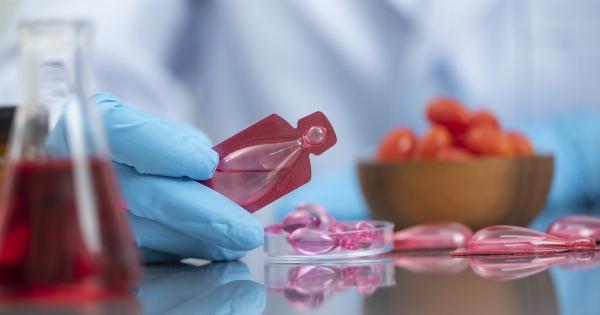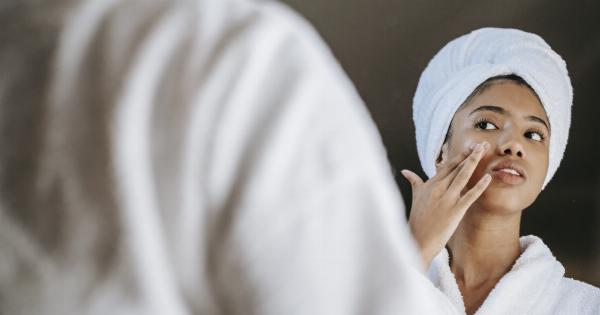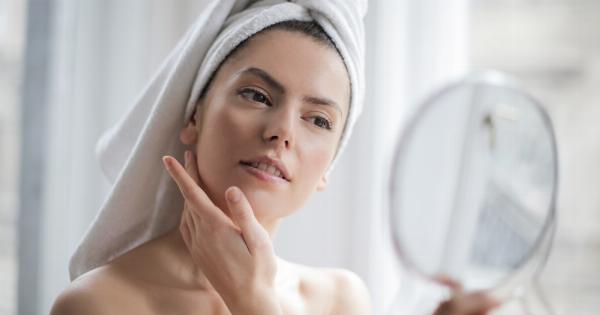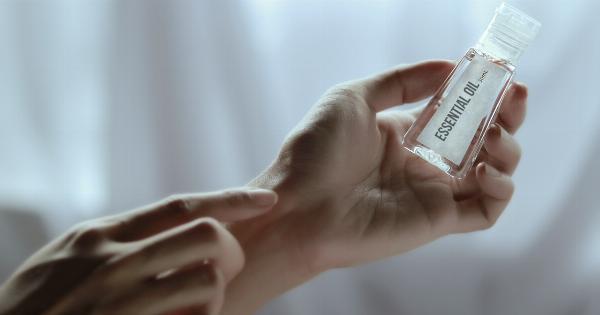If you’re a chocolate lover and have been struggling with acne, you may have heard the age-old question: does chocolate cause acne? The answer to this question has been a topic of debate for years, with some people believing that chocolate is directly responsible for causing acne, while others say that there is no evidence to support this claim.
What is Acne?
Acne is a common skin condition that affects millions of people worldwide. It occurs when hair follicles become clogged with oil and dead skin cells, leading to the development of whiteheads, blackheads, pimples, and cysts.
What Causes Acne?
While the exact cause of acne is unknown, several factors can contribute to its development. These include:.
- Excess production of oil (sebum) by the skin
- Clogged hair follicles
- Bacteria on the skin’s surface
- Inflammation
- Hormonal changes
What is Chocolate?
Chocolate is a popular treat enjoyed by millions of people worldwide. It is made from cocoa beans that are processed and mixed with sugar, milk, and flavorings. There are three main types of chocolate: dark chocolate, milk chocolate, and white chocolate.
The Link Between Chocolate and Acne
The idea that chocolate causes acne stems from a 1969 study that found a link between consuming chocolate and the development of acne. However, subsequent studies have failed to replicate these findings.
While there is no definitive evidence linking chocolate consumption to acne, some studies suggest that certain ingredients in chocolate may be to blame.
For example, chocolate contains caffeine, which stimulates the production of sebum, and sugar, which can lead to inflammation and hormonal fluctuations.
Other Factors That May Contribute to Acne
In addition to chocolate, several other factors can contribute to the development of acne. These include:.
- Poor hygiene
- Stress
- Dietary factors, such as a high intake of processed foods and dairy products
- Using comedogenic (pore-clogging) products on the skin
- Taking certain medications, such as steroids and lithium
Preventing Acne
While there is no guaranteed way to prevent acne, there are several steps you can take to reduce your risk of developing it. These include:.
- Washing your face twice daily with a gentle cleanser
- Avoiding touching your face with your hands
- Using non-comedogenic products on your skin
- Eating a healthy diet that is rich in fruits, vegetables, and whole grains
- Getting enough sleep and exercise
- Managing stress
Treating Acne
If you do develop acne, there are several treatment options available. These include:.
- Over-the-counter topical treatments, such as benzoyl peroxide and salicylic acid
- Prescription topical treatments, such as retinoids and antibiotics
- Oral medications, such as antibiotics and isotretinoin
- Professional treatments, such as chemical peels and light therapy
Conclusion
While the idea that chocolate causes acne is not supported by definitive evidence, certain ingredients in chocolate may contribute to acne development. Other factors that can contribute to acne include poor hygiene, stress, and dietary factors.
Taking steps to prevent acne and seeking treatment if it does occur can help keep your skin clear and healthy.




























